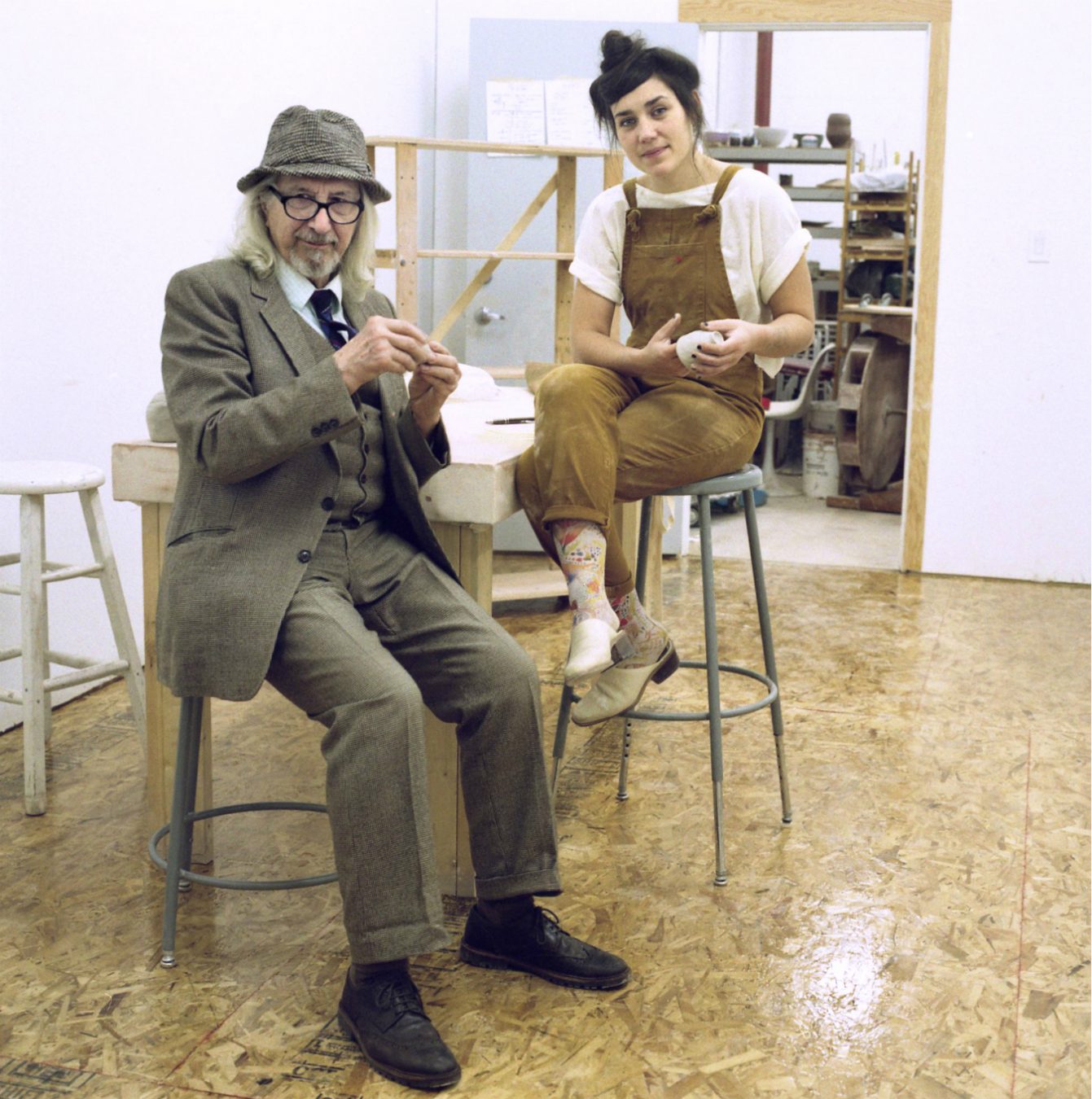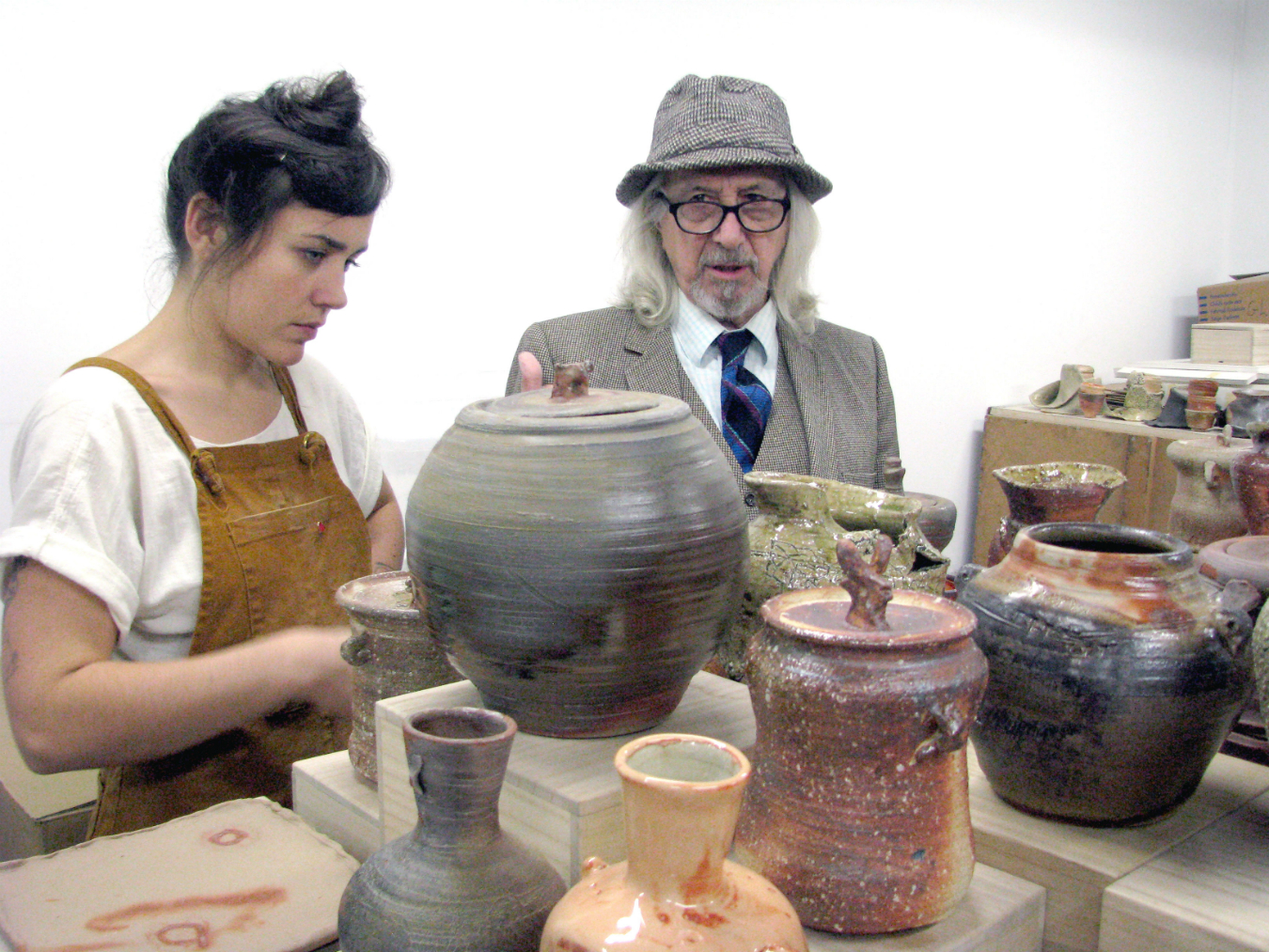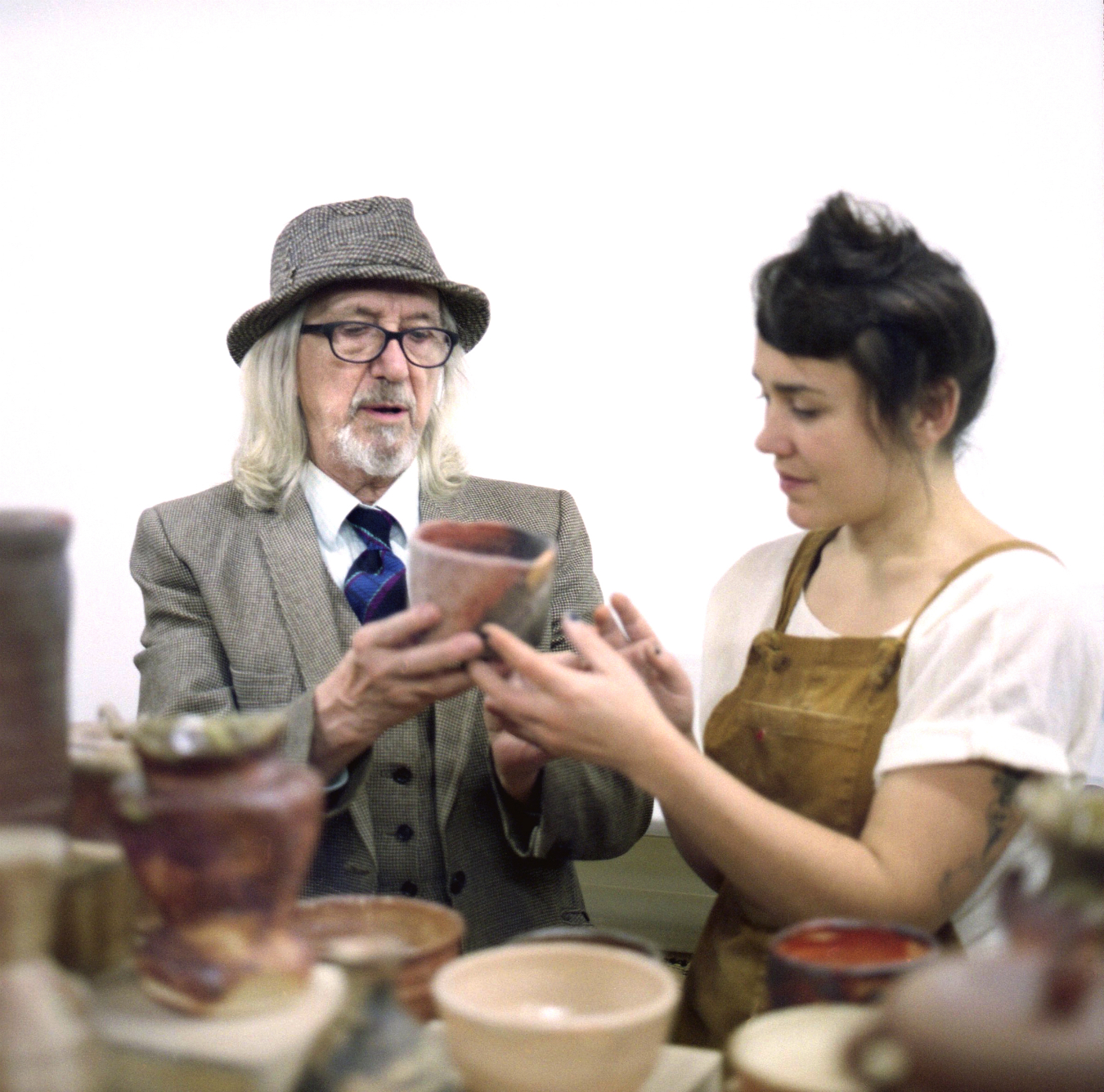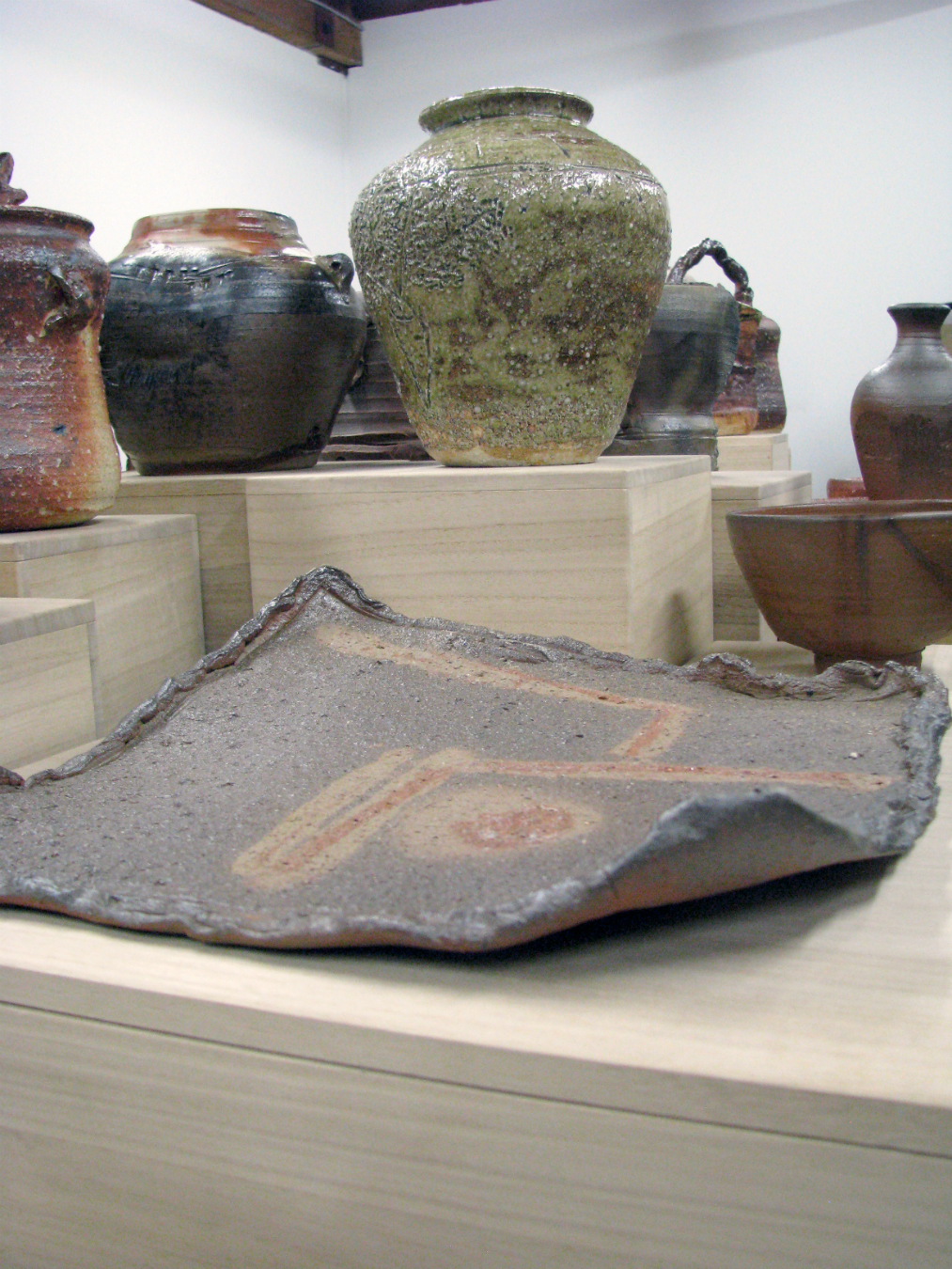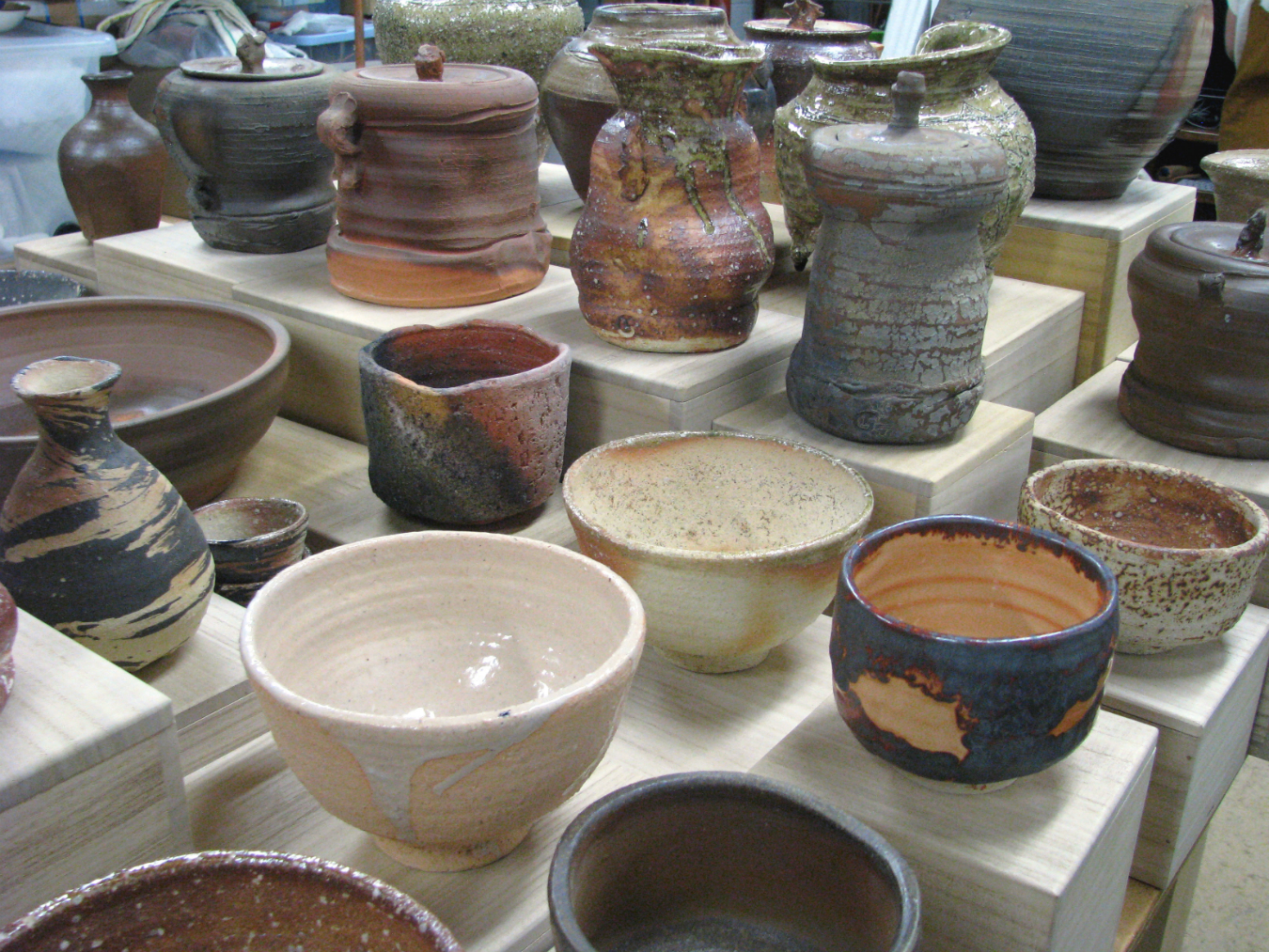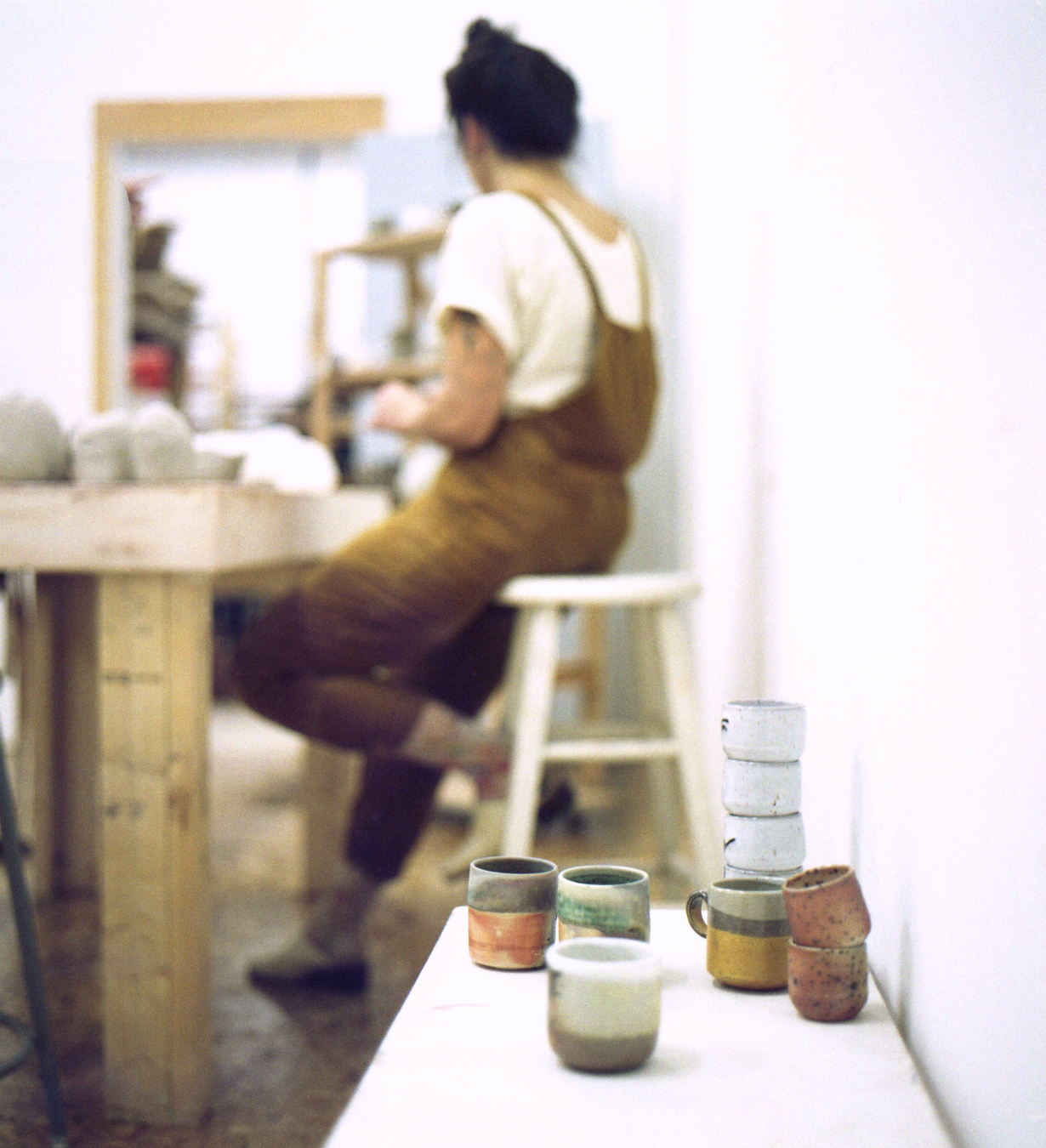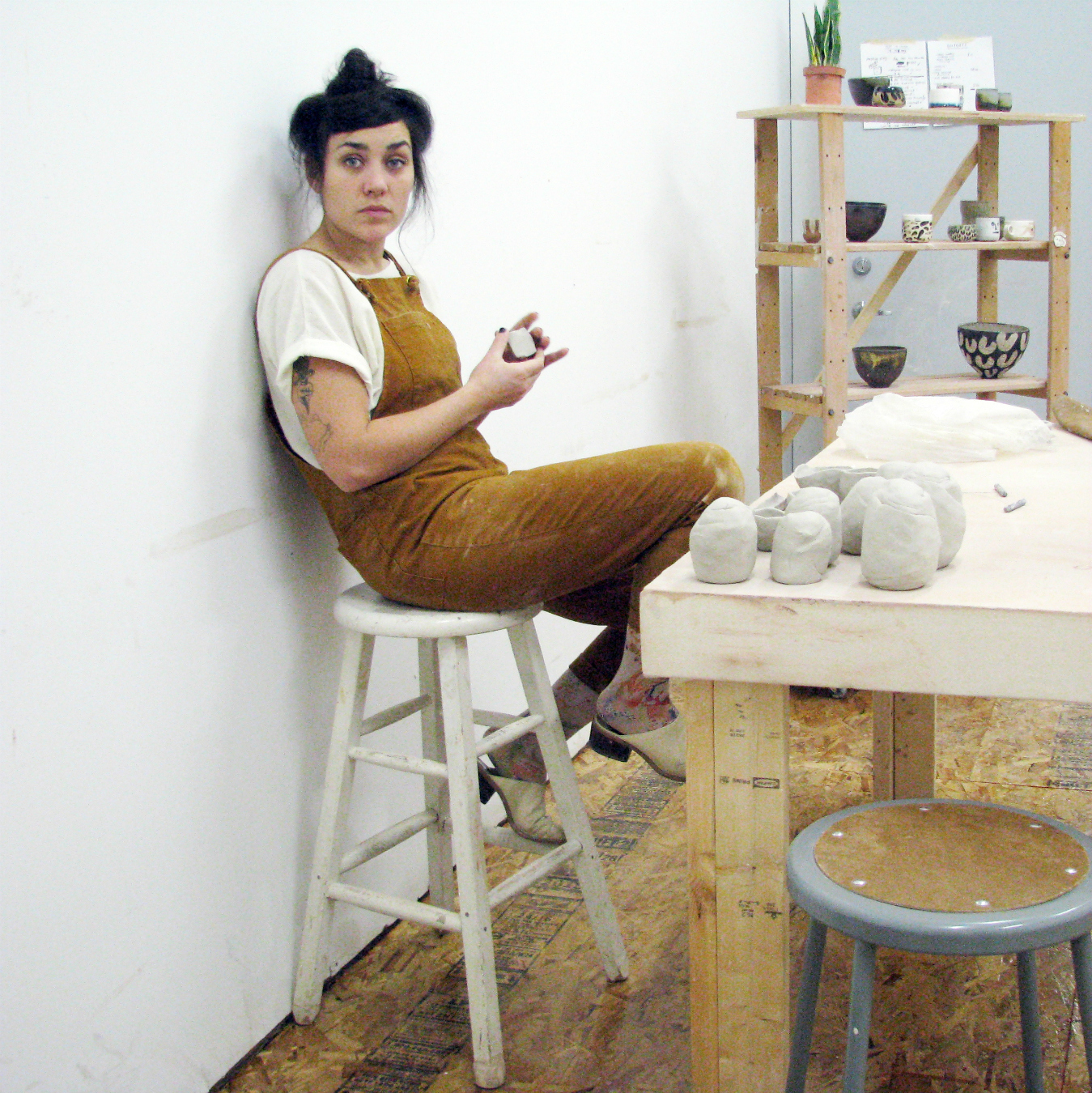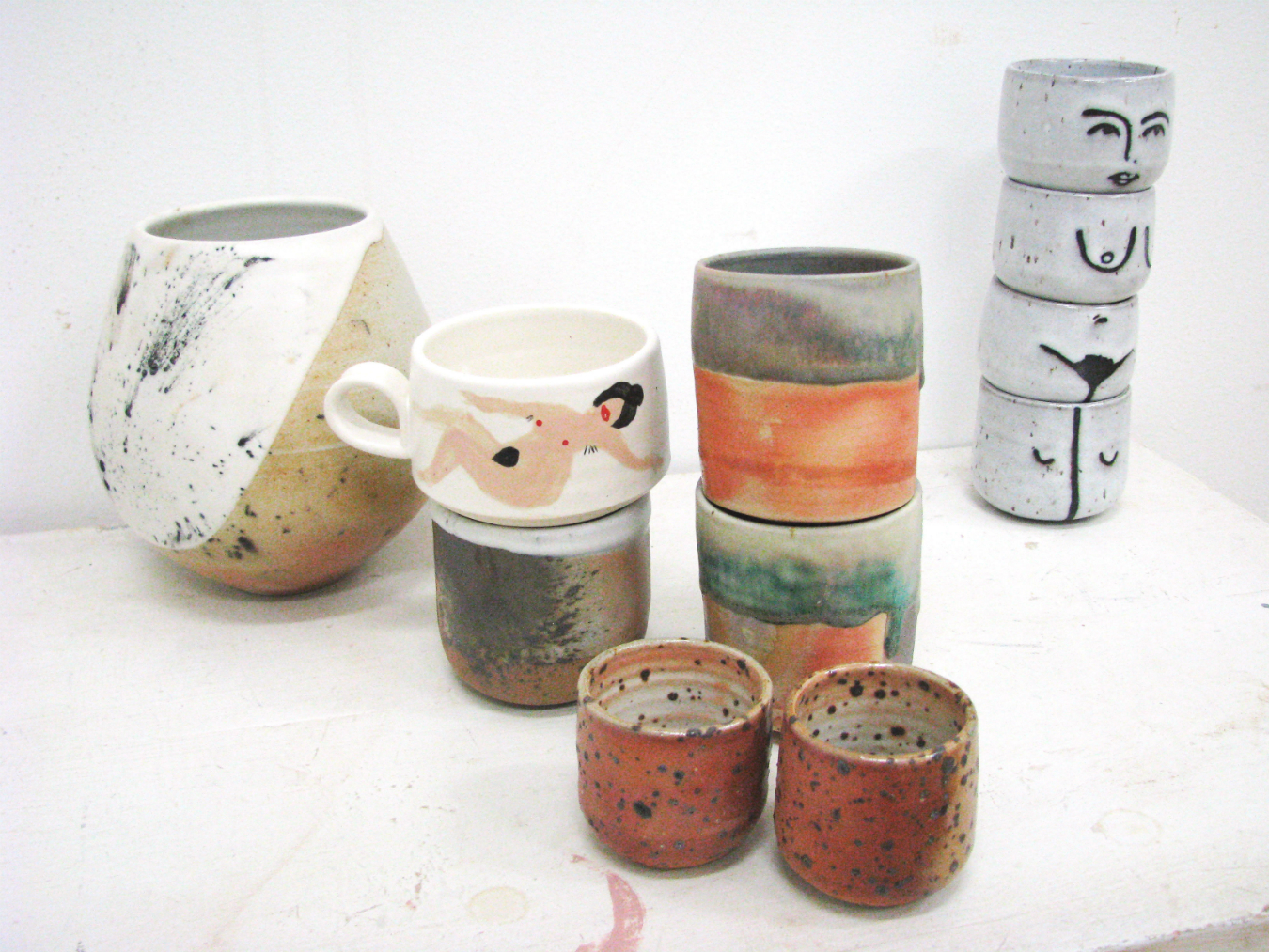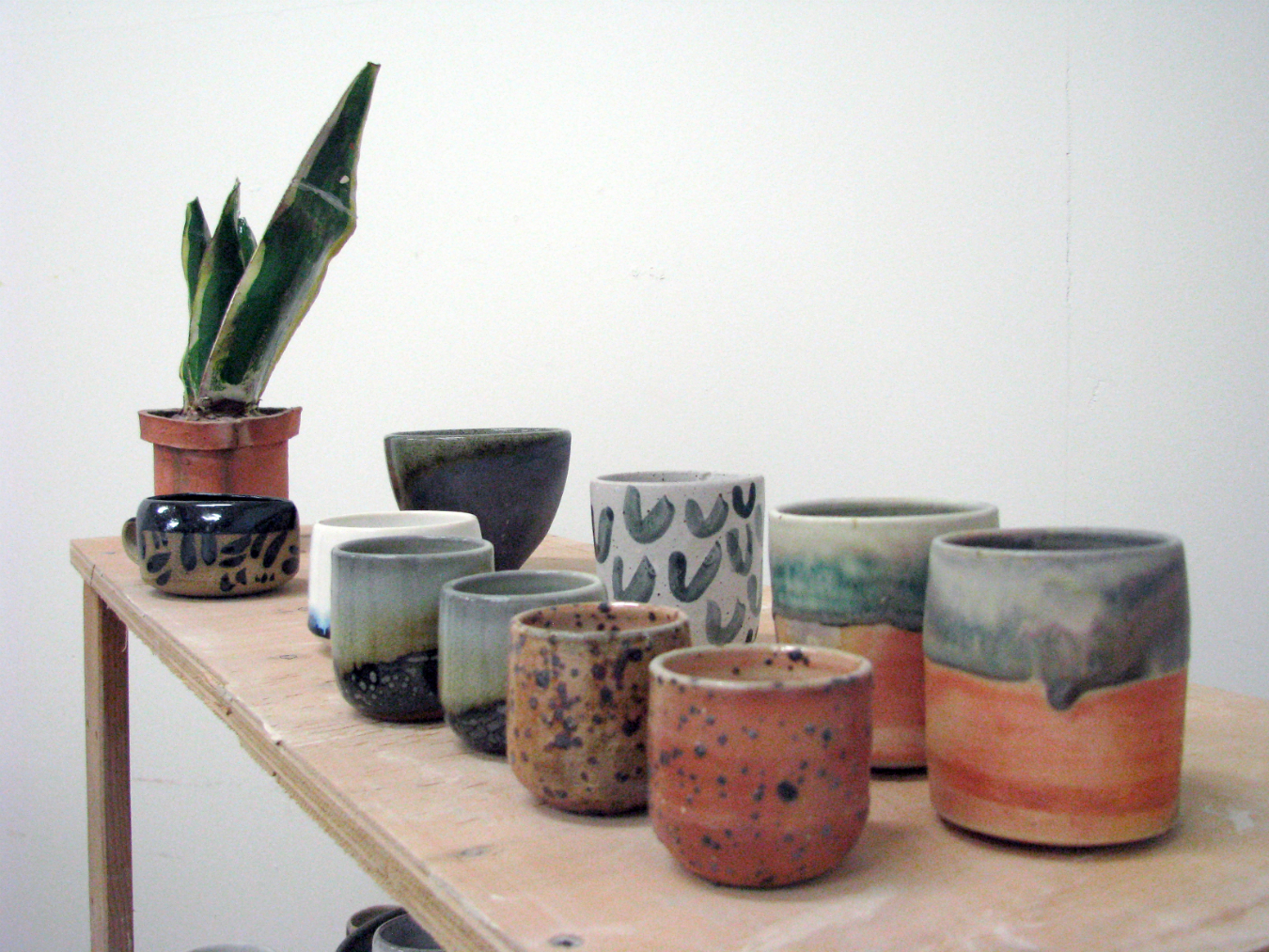“Do you like my new hat?” asks Glenn Lewis.
Observing his rather plain cap, its heft slightly pressing down his silver shoulder-length hair, and his matching tweed suit, slightly bulky as he pats-down the breast, I’m reminded of the many different kinds of dress Lewis has donned over the years. There was the smart suit accessorized with a cigarette and rice puff-encrusted gumboots in the 1968 piece Thinker at Piano in Rice Krispie; a leopard-print loincloth in Pygmy in a Paper Forest in 1978; and nothing but a rubber shark fin headpiece in New York Corres Sponge Dance (1973). Through all the textile iterations, sprawling decades, the one overarching consistency is Lewis’s individual brilliance. A true national treasure, his name evokes exhales of admiration from nearly everyone who has been lucky enough to meet him.
Since the artist’s 1968 Dusty Worker in Flour Piece (which has since been referred to as the first performance art piece in Canada), Lewis has crafted a prolific career, floating from performance, to photography, to ceramics, as well as occupying many of the spaces in between. Now at 80 years old, Lewis has more or less come back to one of his earliest forms: pottery. From 1961 to 1964, he studied with famed ceramicist Bernard Leach in St. Ives, Cornwall. After returning from England, Lewis incorporated his skills into more conceptual art practises, creating wrapped and folded porcelain tea cups and phallic salt and pepper shakers cased in pink Plexiglas. His 1970 piece, Artifact, commissioned by the federal government to be displayed at Expo ’70 in Osaka, was deemed too provocative to display, concluding in the government’s refusal to give Lewis his last payment installment.
Sitting with Lewis, I’m accompanied by Maggie Boyd, a young ceramic artist who strikingly matches him in both charisma and talent. The two unlikely studio mates and close friends share a remarkable intimacy, quietly quipping back and forth to each other, sharing inside jokes told with the same lighthearted, kind smirk. The artists met in 2009 during an exhibition of Boyd’s at Vancouver’s Centre A. “Hank Bull, who was curating, introduced me to Glenn,” Boyd recalls, absentmindedly molding a small thimble of clay. “Before that, though, he brought me aside and said, ‘This guy studied with Bernard Leach,’ and I was like, ‘What? Does that happen still? That’s amazing.’ Because Bernard Leach is like this floating spirit.”
After their introduction, the two became quick friends. “We went and ate cinnamon buns and went thrift shopping,” says Boyd of their first hang. She turns to Lewis. “You helped me pick out that nice silk skirt. Remember, at that place right on the corner?” He nods in agreement. Boyd then turns to me, adding, “He’s a thrift store hound.” The pair soon started working together at a studio in East Vancouver, a kind of mentor and mentee relationship, marking Lewis’s return to the wheel after decades away. “It was the first time working with clay for a long time—maybe 20 years?” Boyd asks Lewis. “I think it was 40,” Lewis corrects. Despite the many years in between them, the two have an exceptional ease with their friendship; nothing is forced or laboured. Something new is always to be discovered, shared, and discussed—a trait visible in the works they make.
Boyd, who attended the Nova Scotia College of Art and Design (NSCAD), has garnered a following of her own. Her playful, colourful clay cups and bowls, often accessorized with loose hand-drawn patterns or a cheeky nude, invite comparisons to Lewis’s early work. “At NSCAD I did a little bit of ceramics, but it was mostly like, sprinkling fairy dust and dancing around them,” Boyd says, revealing a bit more of her resemblance to Lewis’s practise. Boyd also teaches a series of popular ceramic classes, which have garnered a cult status in Vancouver amounting to a badge of honour for the city’s hip artistic types.
In the studio, Lewis and Boyd work closely together. Lewis, who recently returned from a residency in Japan, brings a wealth of knowledge to the work. The duo shares a philosophical connection, as well; there’s a looseness and acceptance in their methods, a trait essential to the wabi sabi eastern tradition. “In Japan they don’t have a word for ‘beauty,’ at least not in the way the west thinks of it,” Lewis explains. “The idea is more connected to imperfection, chance; that kind of thing.” Their practises embrace this idea and relish in what fate delivers. “Unloading the kiln is so much fun,” says Boyd. “You never really know what’s going to come out. We just stand there in a line, passing the work along, admiring what ended up happening.”
A small room, just down the hall from the studio, is stocked with Lewis’s recent work from Japan. Made from Bizen and Shigaraki clays, and fired in kilns dating back to the 12th century, the pieces make up a remarkable collection. Lewis guides me through the work, handing me a piece, inviting me to feel the glossy side, where the fire hit. He encourages me to feel its heft. “It’s about feeling the weight and the shape of the work, as well; pottery relies a lot on the feel of the work,” he explains. There are hand-shaped, flat bottomed bowls where Lewis has run his fingers along the side to make the indentations. “This one I made by throwing it on the ground,” he says, pointing to a flat, thin piece.
Boyd joins in, remarking on the work, picking it up and marvelling at it, though most certainly she has seen it many times. Then she comes across an unexpected item in the space. “You have a tutu?” she asks. “It’s probably one of your alley finds!” Lewis laughs. “Oh, you can have it,” he says. “Try it on, if you like!”
__________
The finer things: more from our Arts section.
